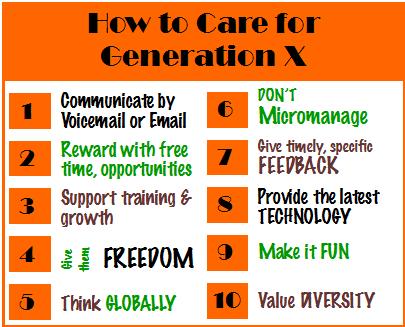 Conflict on teams is inevitable. And when managed effectively, it can actually be a good thing. New ideas are born; relationships are deepened through the airing and resolution of differences; teams grow stronger. But when you are a leader in the midst of conflict and attempting to deal with it while juggling everything else, it can be a bit overwhelming. Here are 5 tips for managing team conflict effectively.
Conflict on teams is inevitable. And when managed effectively, it can actually be a good thing. New ideas are born; relationships are deepened through the airing and resolution of differences; teams grow stronger. But when you are a leader in the midst of conflict and attempting to deal with it while juggling everything else, it can be a bit overwhelming. Here are 5 tips for managing team conflict effectively.
1. Know your own style and “over-extenders.” Understanding your leadership strengths and how you react under stress is essential to handling conflict in a constructive manner. Often our positive traits can be perceived as negative when over-extended. For example, if you tend to set the bar high for yourself and others (Leading with Drive) this may be perceived as an unreasonable demand for perfection by a team that is struggling with workload or other internal issues. If your strength is Leading through People, when over-extended you may spend too much time trying to make sure everyone is happy rather than focusing on the collective team goals.
2. Know your team. The best teams bring diverse personalities, skills and experience to the table. Recognizing the value each individual’s skills and traits contribute to the team and how they complement (and potentially conflict with) each other will help you lay the groundwork for effective conflict resolution. Build team awareness and appreciation of different styles, and provide opportunities for productive interactions and mutual understanding.
3. Make the time to just listen. When a deadline is looming and the team can’t seem to get past a conflict barrier, you may be tempted, as the leader, to force an end to the issue and just push your position through. Don’t. Make time to listen to all sides so you can get to the core of the issue and help the team develop a solution.
4. Harness the power of diverse thinking. Create an environment that encourages open communication and fresh ideas and approaches. Reach out to those who are less vocal to ensure that their ideas get added to the mix. When everyone feels heard and appreciated, “conflicts” become productive discussions.
5. Chart the way forward. Embrace the “lessons learned” from the bumps on the journey, refocus on the goals and move forward.
Want to learn more about your leadership style and the styles of your team for more effective conflict resolution? Contact me at kcolligan@PeopleThink.biz.
Till next time,
Karen
Turning Team Conflict into Productive Discussions
-
A New Year: Look Back Before Planning Forward
Karen Colligan, Goal setting, Life, People, wellness, Work-life balance, planning, wellness, 0
Admit it. How many of you, as you rang in the new year, secretly (or maybe even publicly) said,...
-
Who is THE Boss? Is There a Question? Talk About an Extraordinary Leader!
Karen Colligan, Bruce springsteen, Leadership, New jersey, Professional and team leadership, bruce springsteen, leadership, life, music, 0
There is not one question in my mind about who is “THE Boss.” I am fresh off my gazillionth...
-
Voices of Experience: Lessons from the PeopleThink Leadership Journey Survey
Karen Colligan, Leadership, leadership development, learning and development, Professional and team leadership, leadership, people, 0
The greatest untapped resource for leadership development is experienced leaders who have done the work to improve their effectiveness...
-
Leading Virtual Teams – Tips for Success
Karen Colligan, Communication, Leadership, Teams, Virtual teams, communication, leadership, teams, 0
If you’re a leader, chances are that at least a portion of your team is working remotely, or for...
-
Navigating the Leadership Desert: Why Development Can’t Wait!
Karen Colligan, Development, Engagement, Entrepreneurship, Gratitude, Job search, Kindness, Leadership, leadership development, Learning, Professional development, creativity and innovation, leadership, leadership development, opportunity, personal development plan, team diversity, 0
Many companies now find themselves in a leadership desert, with leadership development neglected amid recent global crises — the...
-
When Opportunity Knocks, Be Ready!
Karen Colligan, Career planning, Leadership, leadership development, Personal development, Career, 0
Imagine this. You’ve been in the same role and company for some time now. You’re ready to move on,...
-
Want to Keep Your Top Talent? Give Them a Reason to Stay!
Karen Colligan, company culture, Engagement, Leadership, People, employee satisfaction, leadership, people, 0
The job market is looking pretty good these days, which means many employees – especially those whose skills are...
-
Managing Generation Xers in the Multi-Generation Workplace
Karen Colligan, Communication, Diversity, Leadership, Multi-generational workforce, People, Teams, communication, people, professional and team leadership, team diversity, 0
If you read my last blog (which of course you did!) you now have a better idea of how...








